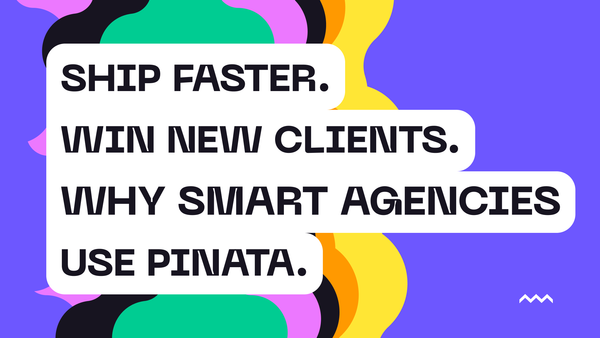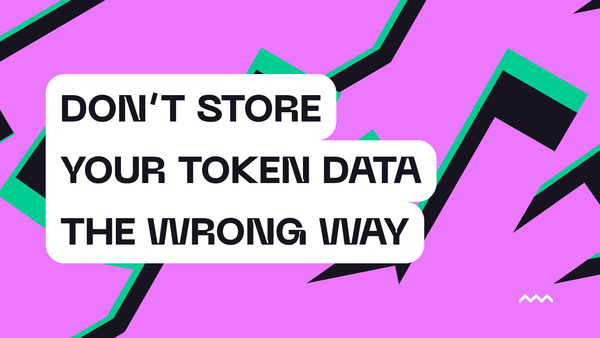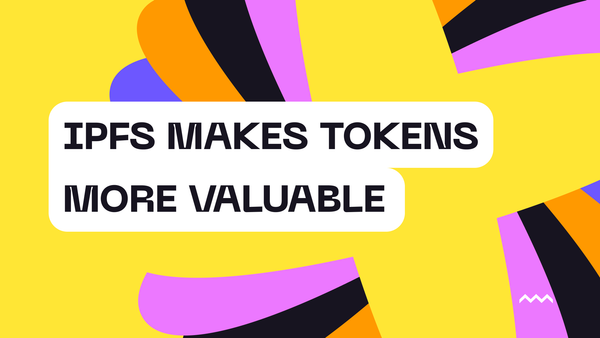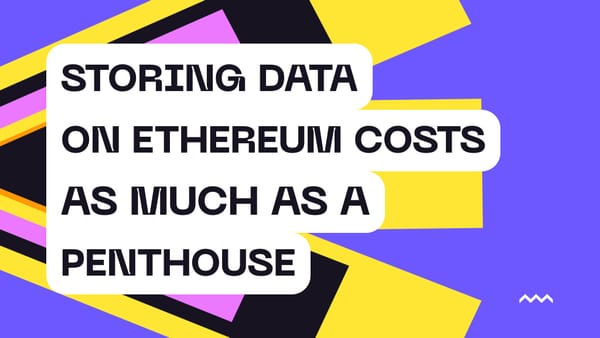
case study
How Edge & Node Cut Engineering Hours by 80% and Simplified IPFS Management
By migrating to Pinata, Edge & Node cut the time engineers spent on maintenance and troubleshooting from 8–10 hours a week down to about one hour. This freed their team to focus almost entirely on product development and advancing The Graph ecosystem.
Read more








